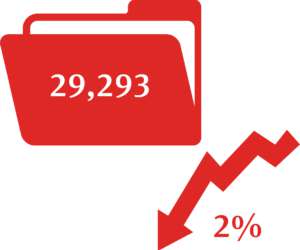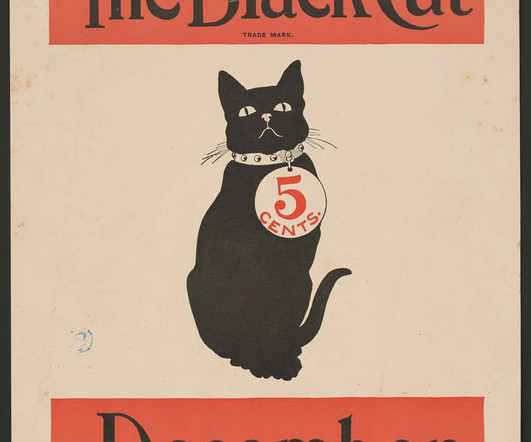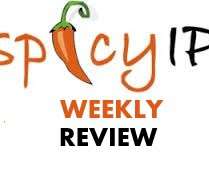How the New USPTO Pre-Application Assessment Program Only Reinforces the Need for Integrated & Intelligent Patent Evaluation Software
IP.com
JANUARY 29, 2024
Over the last decade, the total annual patent applications submitted to the United States Patent and Trademark Office (USPTO) each year is over 600,000 applications. The fastest patent review process time is 6-12 months if fast-tracked via Track One , with the average taking up to 22 months.




















Let's personalize your content